Ürün Özellikleri
Stok Kodu
9786257046053 Boyut
160-240-0 Sayfa Sayısı
603 Basım Yeri
Ankara Basım Tarihi
2019-12-30
Kapak Türü
Karton
Kağıt Türü
2.Hamur
Dili
Türkçe
Japon edebiyatının ve dünya edebiyat tarihinin en önemli eserlerinden olan Man'yōshū şiir
antolojisi, Japonca ana dilde yazılmış bugüne ulaşabilen en eski kaynak. Antolojide binlerce waka
şiiri yer alır. 340'lardan, 759 yılına kadar olan yaklaşık 400 yıllık geniş bir tarihi süreçte üretilmiş
eserlerdir bunlar. Şiirlerdeki çarpıcı edebi etkinin özünde kadim Japonya vardır. Manzarası, doğası,
her kesimden insanı, bu insanlara şiir söylettiren şeyler, yaşamları, duyguları; gelenekleri, inançları,
ekonomik faaliyetleri, dönemin siyasi olayları ve kültürel etkileşimleri yansır dizelerde.
Elinizdeki kitap, bu kadim şiirlerin yolculuğunun izinde, şiirin 400 yıllık zaman sürecindeki
değişimini ve dönüşümünü ortaya koymak hedefiyle oluşturuldu. Örnek şiirler Man'yōshū'yu her
açıdan yansıtacak eserlerden seçildi. Şiirlerin incelenmesinde, metinleri hem edebi yönüyle, hem de
edebiyat dışı yapılar açısından inceleyen, edebiyat sosyolojisi alanındaki ‘oluşumsal yapısalcı'
kuram temel alındı.. Bu bakış açısıyla söz konusu tarihi süreçteki Japon toplumuna çeşitli açılardan
odaklanarak şiirin hangi koşullarda, nasıl evrildiğinin izi sürüldü.
Man'yōshū şiir antolojisi üzerine doktorasını tamamlamış ilk Türk akademisyen olan Esin
Esen'in bu çalışması Japon edebiyatının kadim eserini bu topraklarda ilk defa okurla buluşturuyor.
Yazarın çevirmen yönü binlerce yıl önce söylenmiş kadim Japon şiirlerinin okurun kalbine
ulaşmasını sağlıyor.
One of the most important works in Japanese literature, as well asworld literature, is the
Man'yōshū poetry anthology, which is the oldest existing written source of Japanese history and
culture. In the anthology, thousands of waka poems appear dating between 340's to 759, covering approximately a 400 year of span of time. Ancient Japan is reflected in the striking literary effect of
the poems with poets from different social classes and distinct provocations for reciting the poems.
Further history and culture is shared through the diversity oftheir lives, their emotions, their
traditions, thesurrounding landscapes, their belief system, economic activities, the political events
of their time, cultural interaction with the main land and within the Japanese territory.
This book has been written following the footsteps of these ancient poems, with the aim of
setting the stage for the changes in the poetry in a 400 year period of time that the anthology
covers. The examples of the poems have been selected in order to represent all aspects of the time
frame's period of the anthology. In the analysis of the poems a genetic structuralist method as a
part of sociology of literature was used, which deals with the subject of examining all aspects
within the text and social structures around it. The book, by focusing on the through a subject
genetic structuralist method brings a new approach to the Man'yōshū studies in the world.
Author: Esin Esen, is a, Japanologist, who specializes in Japanese language and iterature,
translation from Japanese and Japanese women's literature (Nara-Heian Periods). She is the first of
Turkish scholars that worked on Man'yōshū at adoctoral level in her country, and is author of the
book, "The Japanese Poems from a Distant Past Man'yōshū [Kadim Japon Şiiri Man'yōshū]. She
translated Murasaki Shikibu Nikki into Turkish from classical Japanese and Sasameyuki by the
famous Japanese writer, Tanizaki Jun'ichirō. She has been translating since the 1990s (Japanese,
Spanish and English, Classical Japanese, Turkish (native language)). She also teaches theoric and
applied translation courses at the university level in these languages. Founder of Kotodama Istanbul
book project themed, Japan in Turkey and Turkey in Japan. (For details please see esinesen.com)





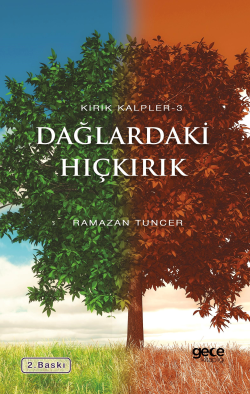

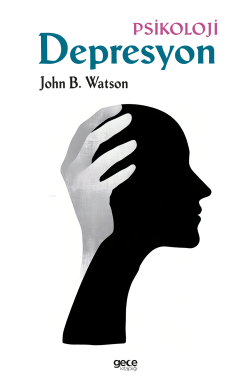

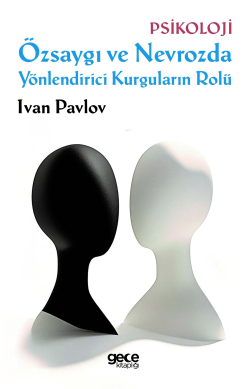
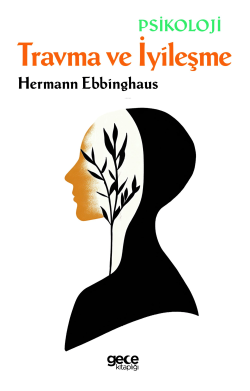

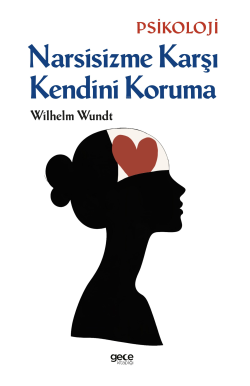
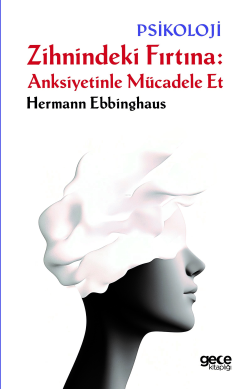
Yorum yaz